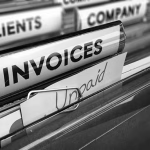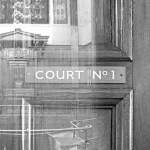Generally, with insolvency petitions (bankruptcy and winding-up) these are initially presented (submitted to the court) by a single creditor.
In contrast to money claim proceedings; where other creditors are owed money by the same debtor and there is an existing petition, the subsequent creditors would support the existing petition rather than presenting their own. If they presented another petition, they run the risk of it being dismissed or not considered until the first petition has been finalised. This can lead to wasted costs and time.
Supporting a petition involves sending a prescribed form to the petitioning creditor (different forms exists for bankruptcy and winding-up) that details what is owed. As with insolvency proceedings in general, a creditor’s debt should be undisputed if they intend to support the petition. Once you have filed notice with the petitioning creditor (or their solicitors) then you will be listed on the Notice of Appearances which is filed before the hearing. Creditors can either support or object to a petition (if say, they would prefer a difference process be adopted by the court) and can attend the hearing.
If the petitioning creditor has been paid or otherwise intends to remove their self from the petition, a supporting creditor can seek carriage of the petition. This means that they will be substituted, and they become the lead petitioner. If there are more than one supporting creditors, then usually the creditor with the biggest balance owed to them will become the lead petitioner. After being awarded carriage of the petition, the substituted petitioner will need to make payment of the Official Receiver’s deposit to the original creditor. They will also need to amend the petition and re-serve it on the debtor, they may be required to re-advertise it in the London Gazette.
If the original petitioner has been paid but a subsequent petitioner does not get paid and the debtor company is wound-up, then the payment to the original petitioner is likely to be clawed back by the appointed practitioner and added to funds dispersible under the liquidation. With insolvency proceedings, as long as the petition stays ‘live’ and is not dismissed, it is not a case of who gets paid first, as all payments are subject to the claw back provisions in order to ensure fairness and equal footing to all creditors.


